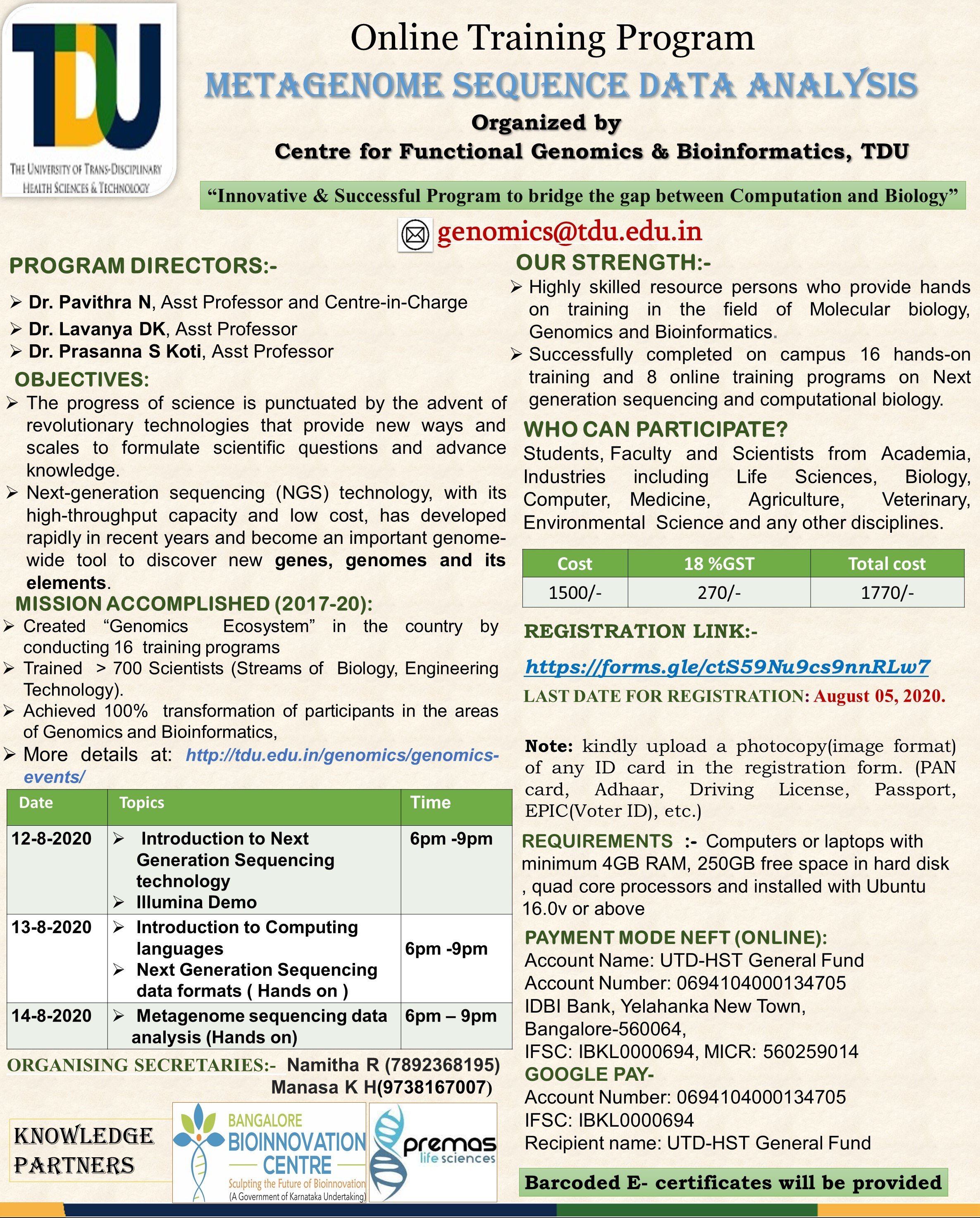


This fine text will makea major impact on biological research and, in turn, on progress inbiomedicine. haveundertaken the difficult task of organizing the knowledge in thisfield in a logical progression and presenting it in a digestibleform.

"In this book, Andy Baxevanis and Francis Ouellette. Thus, in this edition, there is inclusion of approaches to validation of methods for quality assurance work, reflecting the current importance of biopharmaceuticals, and also a guide to further analysis of protein sequence information, acknowledging the importance of bioinformatics.ĭownload Bioinformatics Book in PDF, Epub and Kindle Methods have evolved in the intervening period, and the content of this book has similarly changed, the content of some chapters having been superceded and replaced by other approaches. The first edition of Protein Sequencing Protocols was a “snapshot” of methods in use in protein biochemistry laboratories at the time, and this, the second edition, is likewise. These methods are continually developing. It is joined in the armory of me- ods of protein analysis by such techniques as C-terminal sequencing and amino acid analysis. The “traditional” chemical N-terminal sequencing is still of great value in quality assurance of the increasing number of biopharmaceuticals that are to be found in the clinic, checking processing events of recombinant proteins, and so on. Mass spectrometry has continued its recent rapid development to find notable application in the characterization of small amounts of protein, for example, in the field of proteomics. © 2023 Wiley Periodicals LLC.Download Protein Sequencing Protocols Book in PDF, Epub and Kindleĭetermination of the protein sequence is as important today as it was a half century ago, even though the techniques and purposes have changed over time. These provide a useful means to quickly assess the reliability of the clustering results based on the distribution of homologous genes among genomes.
#ONLINE SEQUENCE ANALYSIS HOW TO#
Finally, we demonstrate how to generate visualizations of the composition of clusters with respect to protein annotations, and by coloring protein-coding regions of genomes by cluster assignments. Next, we extract groups of homologous sequences from the resulting distance matrix using a combination of dimensionality reduction and hierarchical clustering methods. We quantify sequence homology from the overlap (intersection distance) of the k-mer (word) frequency distributions for different protein sequences. This methodology was originally developed for comparing genomes within virus families, but may be adapted for other organisms. In this article, we describe an alignment-free method for the classification of homologous protein-coding regions from different genomes. In comparisons between less closely related genomes, however, it becomes more difficult to accurately align protein-coding sequences, or even to identify homologous regions in different genomes. The comparative analysis of amino acid sequences is an important tool in molecular biology that often requires multiple sequence alignments.


 0 kommentar(er)
0 kommentar(er)
